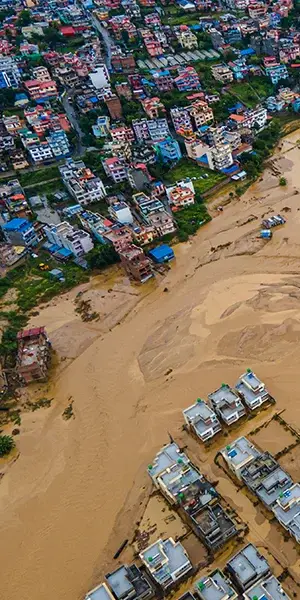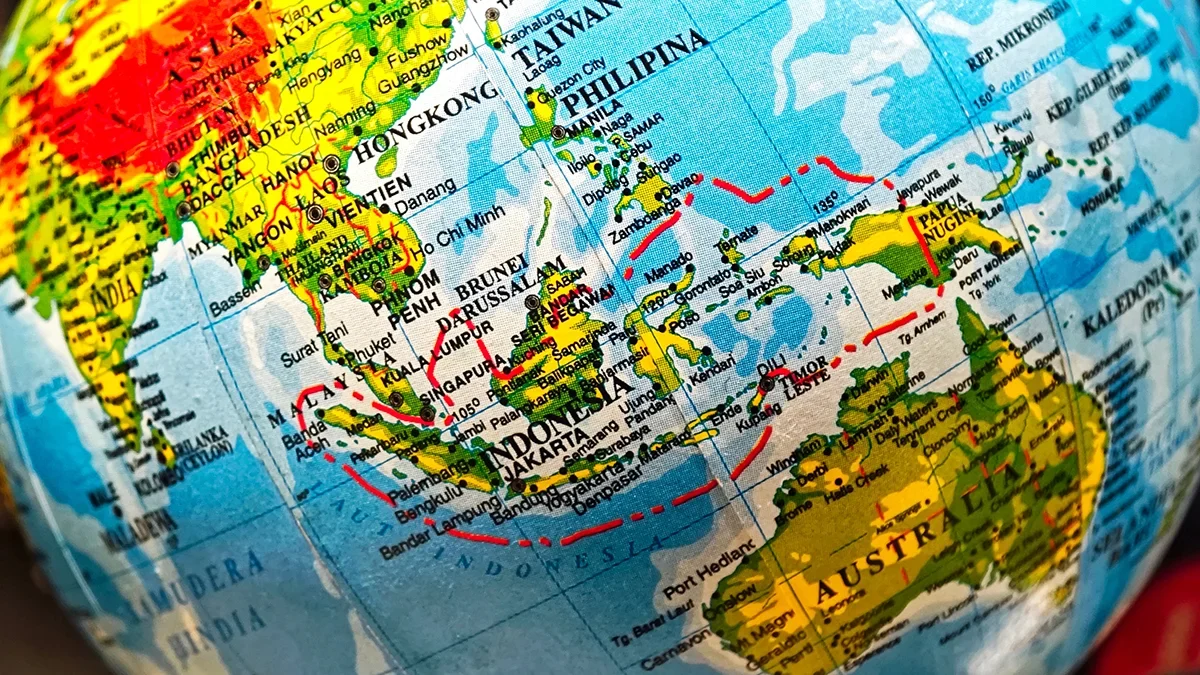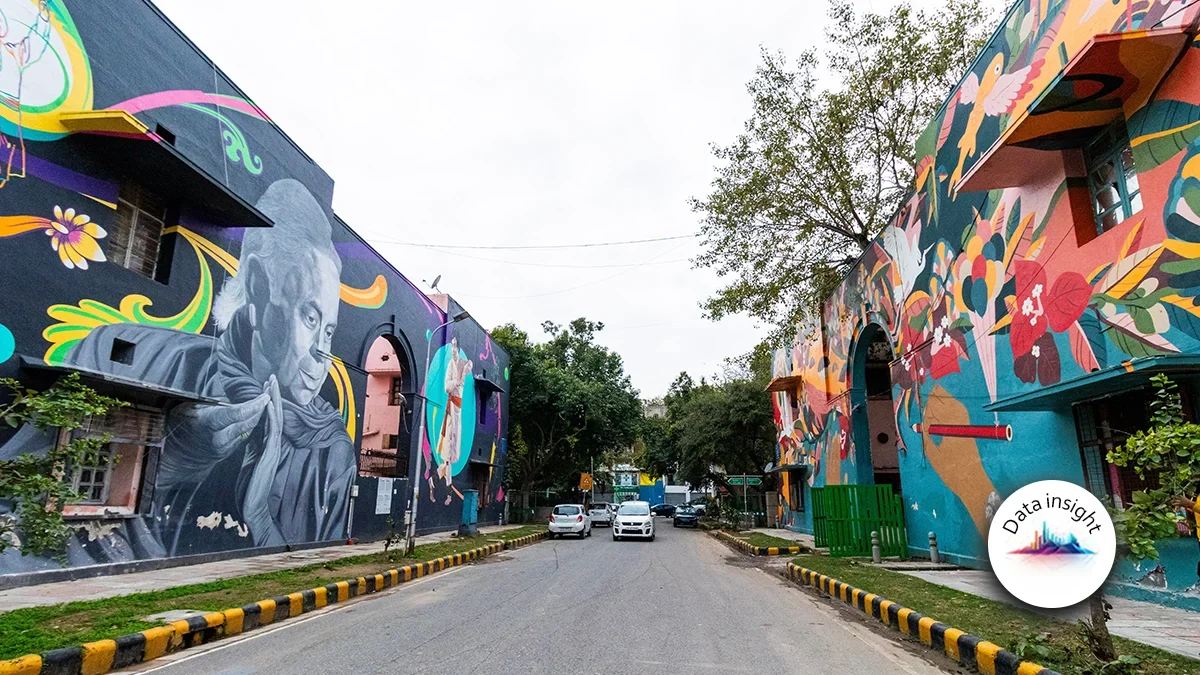(Re)in Summary
• Parametric solutions offer strong utility for cat prone regions in Asia Pac, but a lack of clarity over which entity will pay the premium is dampening down the repurchase of cover, said Guy Carp’s Asia Pac CEO.
• Tony Gallagher said he would be surprised if parametric insurance was “10% or even 5%” of the total global market.
• Issues over data collection and modelling also act as bar to parametrics development in the Thai market, according to a leading expert from the country.
• Multilateral lenders have an important role in broadening access to parametric cat insurance in Asia says Guy Carp’s Gallagher.
Parametric solutions that have been successfully deployed provide extreme risk cover to catastrophe-exposed countries such as the Philippines, but unresolved questions over the source of funding are dragging down repurchase numbers.
“Parametric insurance payments have occurred in a number of countries. These covers have triggered so the money’s been paid to the government, which is then able to place that money in the community. But it’s not purchased much.
The number of covers in Asia is probably not in two hands this year. The companies have been reasonably successful, but there has been the inability to continue to rebuy because of the funding question, who’s going to pay?” said Tony Gallagher, Asia Pacific CEO for brokers Guy Carpenter.
Tony Gallagher
Asia Pacific CEO at Guy CarpenterGallagher had earlier valued the total size of the parametric cat coverage at around US$5bn to US$10bn globally. The Guy Carp CEO was speaking on a panel discussion at a forum hosted by Peak Re, titled, Sustainability in a Changing World.
“Globally, there’s a bucket of US$100bn of cat premium in a normal year, and maybe, maybe there’s US$100bn of losses. If 10% or 5% of this $100bn is parametric, I think I’d be surprised,” Gallagher said.
Fellow panellist, Dr. Pongpanu Damrongsiri, Executive Director of the Thai General Insurance Association said that there were some additional issues which acted as a bar to the use of a parametric cat cover in the Southeast Asian country.
Previously a number of industry professionals told (Re)in Asia that modelling risk and data collection was a problem for cat bonds in the region and Damrongsiri these were also an issue for structuring effective parametric products in Thailand.
“There are a couple challenges that we face. The first thing is to design a proper treatment? We do not have a kind of the proper measurement, and the number two is in terms of the risk model. We do not have experts to do this kind of thing in Thailand and we lack data collection facilities,” he told the panel.
Political barriers
Damrongsiri said the political optics around the risk of a delayed payout complicated parametric insurance in the eyes of lawmakers.
“And if we pay the claims only a little bit late, especially for the low earners, or the farmers, after a couple days, you see them protest in front of the Government House. And the government doesn’t like that kind of thing to happen. We are still exploring the concept of parametrics in Thailand, but so far, we do not have the capability,” he said.
Dr. Pongpanu Damrongsiri
Executive Director of the Thai General Insurance AssociationGuy Carp’s Gallagher said that parametric insurance had a role to play in providing extreme risk cover in countries which were hit so regularly by cat events that they are essentially uninsurable.
“It’s possible to structure a product which may be at one and 100 years, so it wouldn’t trigger every year, but would trigger at certain events. Could this be a solution to get some insurance for communities?”
Gallagher pointed to the important role that multilateral banks active in Asia could play in the distribution of parametric insurance in emerging regional economies, particularly if the question of which entity was paying the ongoing premium is resolved.
“Insurers may not be able to pay each and every year of insurance policy, but the government would potentially buy a bond or some insurance for a particular area. And we’ve seen this being reasonably successful in the Philippines, quite frequently they are sponsored by one of the development banks,” he said.
























